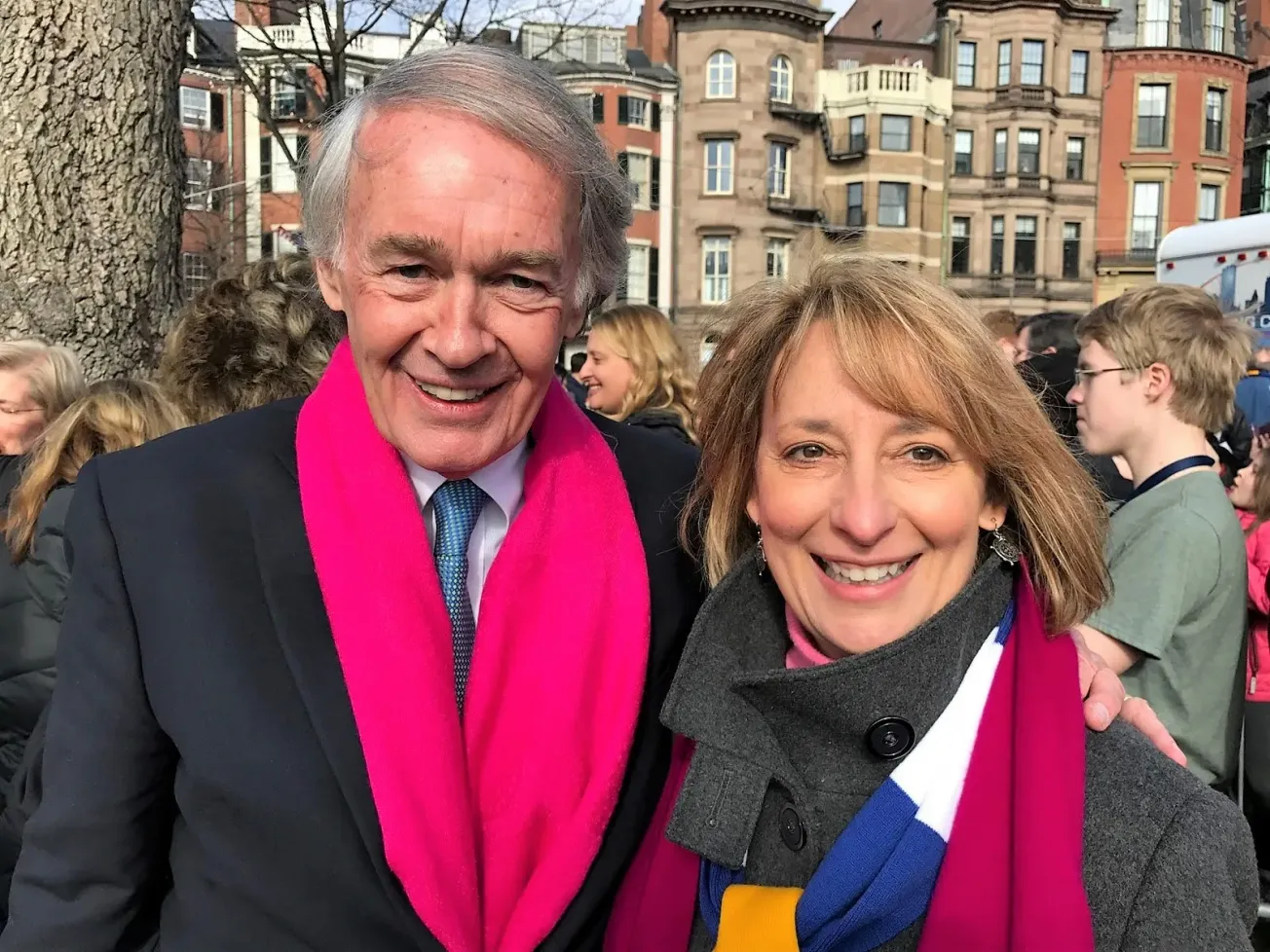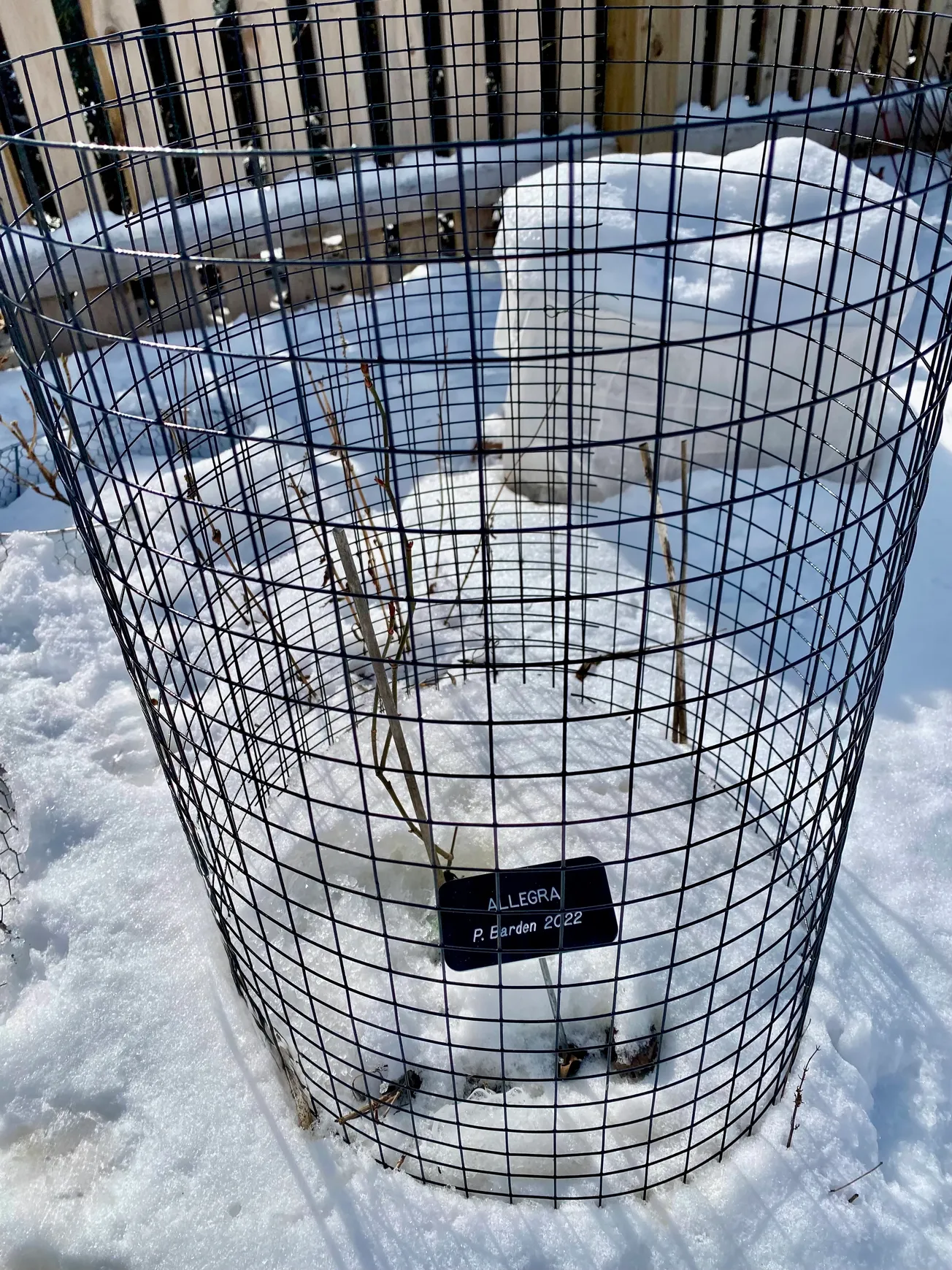Table of Contents
Get the latest from The Marblehead Independent delivered straight to your inbox.
The Marblehead Planning Board voted unanimously Oct. 14 to appoint member Marc Liebman as its liaison for the town’s renewed effort to comply with the MBTA Communities Act, positioning him as a key coordinator between consultants, town officials and the public as Marblehead races to meet a January 2026 state deadline.
Liebman will work with Barrett Planning Group, the consulting firm hired to develop alternative zoning proposals, as well as Select Board Chair Dan Fox, Town Planner Alex Eitler among others. His role includes reporting progress back to the board.
“I’m kind of on a mission of exploration to see what’s the most likely outcome, and report that back and take into consideration the opinions of people who may not have felt heard the first time around,” Liebman said during the meeting.
Planning Board Chair Robert Schaeffner emphasized that the board still stands behind its previous compliance plan, which passed at Town Meeting in May before being overturned by voters 3,642 to 3,297 in a July 8 referendum.
“We fully stand behind what the other plan did, because we don’t think it would affect the town negatively,” Schaeffner said. “We’re looking at alternative plans because we think the best thing is for the town to conform to 3A, right, because of the benefits that we get for that financially.”
Schaeffner said the board believed its original proposal was “very reasonable” and included “real constraints on building that would maintain the character of the town.” He attributed opposition primarily to resistance against state mandates rather than flaws in the plan itself.
Schaeffner said town officials want to better understand why residents didn’t support the original plan, which he said many opposed because they didn’t want the state telling Marblehead what to do, even though officials believed the proposal was reasonable.
Town Planner Alex Eitler confirmed Marblehead has been shut out of more than $2.8 million in state grant applications due to noncompliance, including infrastructure and economic development funding through the state’s Community One Stop for Growth program.
The town selected Barrett Planning Group to provide what Schaeffner called “a fresh set of eyes,” believing a new consultant would help overcome public distrust associated with the previous plan.
Liebman stressed the approach will differ fundamentally from the first attempt, with the board taking a more dominant role in shaping proposals before consultants run compliance calculations.
“We’re trying to develop a plan that works and meets all the needs of compliance without really stimulating the pinch points that bother people, and we’re giving it to the consultant, saying, run this in the model. Tell us if it works,” Liebman said. “We’re leading this, whereas the last time it was a planner doing this without any input from the board.”
Schaeffner indicated Broughton Road will likely remain in any revised plan, as it was “non controversial” in the previous proposal. The board is exploring alternatives to Pleasant Street and Tioga Way, the two districts that generated the most opposition.
Liebman cautioned he cannot yet support or oppose any specific plan because its shape remains uncertain.
“I can’t support or speak against this right now because I don’t know what shape it will take,” he said.
The state requires 177 communities served by the MBTA to zone for multifamily housing. Attorney General Andrea Campbell has warned that enforcement lawsuits will begin in January 2026 against noncompliant municipalities.
Expanded Piper Field lighting granted

After months of debate over noise, traffic and neighborhood impacts, the board approved expanded use of lights at Piper Field, allowing them to stay on up to 180 nights a year during the fall and spring athletic seasons.
The decision marks a significant shift from the original restrictions placed on the field. When lights were first installed in 2000, they were capped at six games per year — four football and two soccer. That limit was increased to 12 games in 2013 when the turf field was added. In practice, however, the lights have been used roughly 70 to 80 nights annually, according to Superintendent John Robidoux.
Under the new plan, lights can be used from mid-August through November and again from mid-March through May, but no later than 9 p.m. The approval also keeps the public address system limited to 12 varsity contests each year.
Schaeffner said the board tried to balance the needs of student-athletes with concerns of neighbors who live directly across from the high school.
“It pains me to think that some people are aggrieved just by the use of this facility, but the need is clear,” he said, adding that the board added conditions for monitoring and review.
As part of the approval, the School Department must keep detailed logs of light usage and shut-off times. The building commissioner will be responsible for zoning enforcement, and the board scheduled a mandatory public review in one year to revisit impacts and consider reducing the number of allowed nights if violations occur.
Supporters argued the expansion is critical to meet demand from high school and youth sports. Programs such as girls lacrosse and youth soccer said they often squeeze multiple teams onto a single field at dusk, and volunteers stressed that many coaches do not arrive until after 5 p.m.
“We need more lights,” said Charles Ngowe, a coach who lives across from the field. “It’s impossible for young kids to practice safely without them.”
Several residents, however, said quality of life in the surrounding neighborhood will suffer.
Peter Wilkins, who has lived on Devereux Street since 1984, said the increased use would bring more traffic, trash and disruption. “To have this imposition 180 nights a year is just unfair,” he told the board.
Board members acknowledged the concerns but said conditions in town have changed since the original restrictions were imposed. Edward Nilsson, who supported the plan, said the need for athletic space is greater than ever.
“Your town needs them,” he said, adding that planting additional trees could help screen light from affected homes.
The proposal will also move to the Zoning Board of Appeals for a separate permit review. In the meantime, neighbors will be able to file formal complaints with the building commissioner if the field is used beyond the approved limits.
For now, the board’s decision clears the way for more practices and games under the lights — and sets up another round of review next year to determine whether the balance between community benefit and neighborhood impact can hold.






